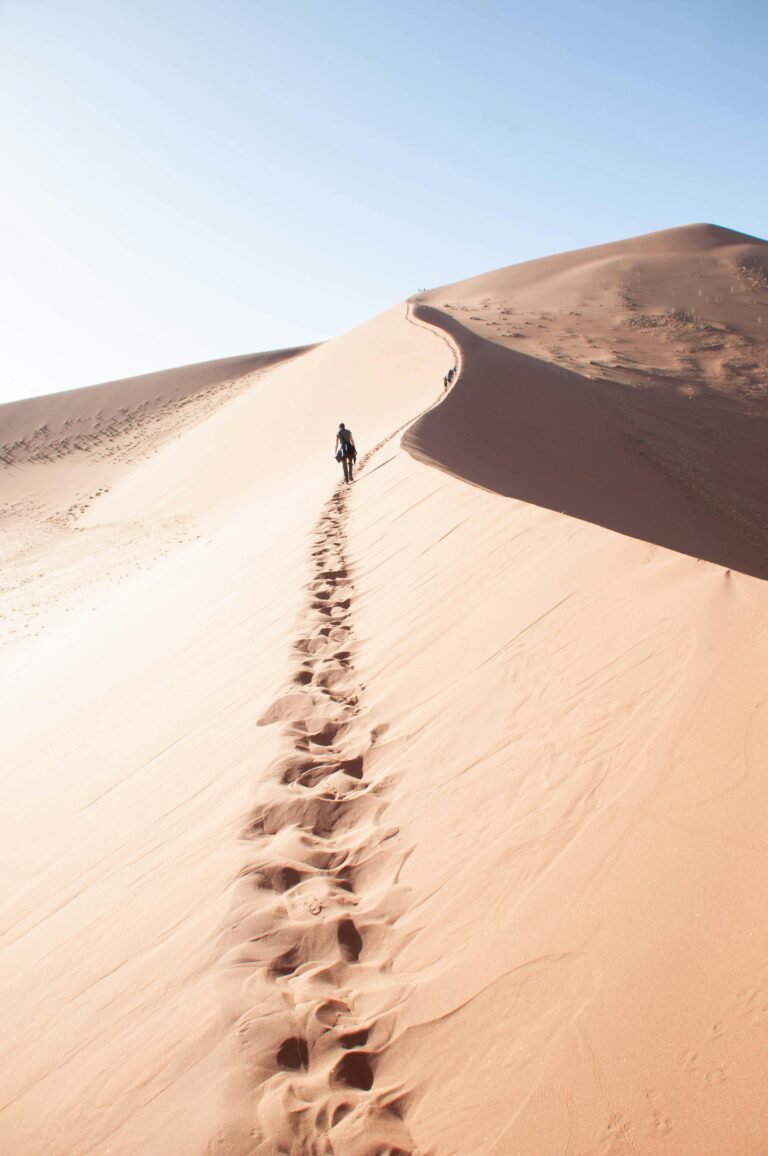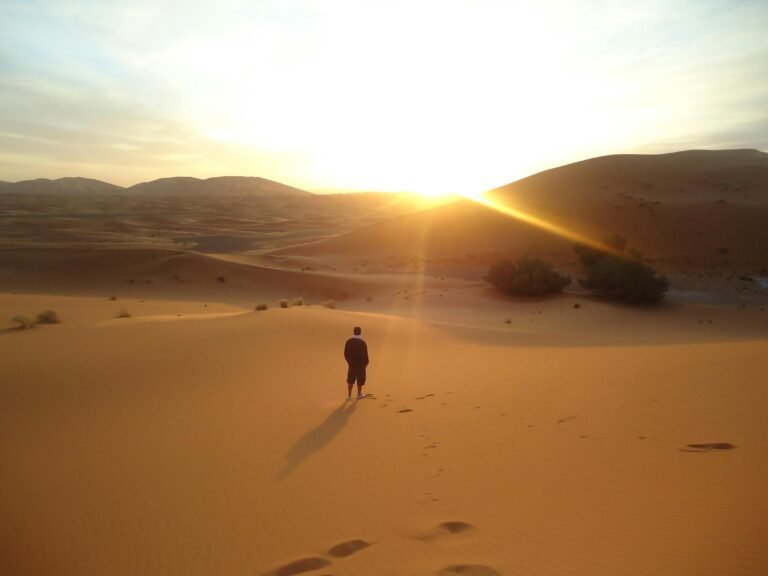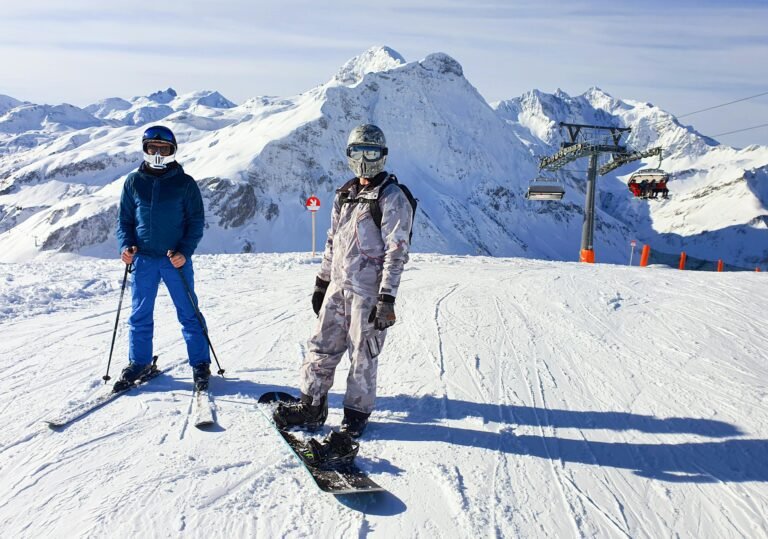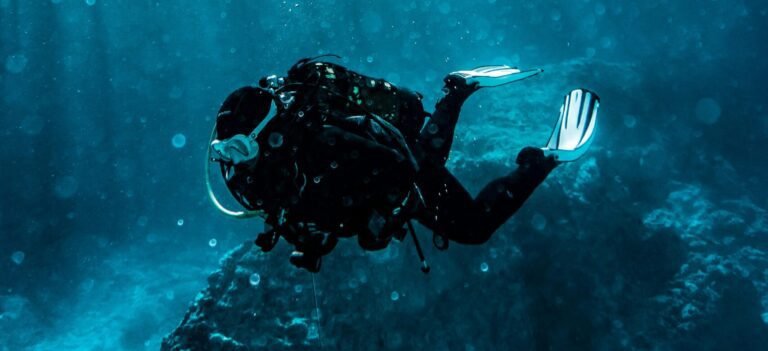The History of Caving: From Exploration to Modern Adventure

Caves have played a vital role in human history for over 40,000 years. The history of caving began with early humans using these natural shelters for safety and survival.
Over time, caves became more than just havens from predators—they were transformed into spaces for art, rituals, and community.
Fast forward to today, and caving has grown into both a thrilling hobby and a key tool for scientific research.
This transformation didn’t happen overnight. It’s the result of human curiosity and centuries of exploration, driven by a deep connection to these hidden worlds.
In this article, we’ll explore the fascinating history of caving. From how ancient people relied on caves to how they became sites for groundbreaking scientific discoveries and adventurous recreation, we’ll cover it all.
Whether you’re a seasoned explorer or just curious about the mysteries underground, this journey into the past might just spark your sense of wonder.
Let’s take a closer look at how spelunking grew from a survival skill to a beloved pastime.
Ready to dive in?
Ancient Roots of Caving
Caves have been part of human history since the very beginning. They weren’t just features of the landscape—they were lifelines.
For our ancestors, caves meant safety, shelter, and even a touch of mystery. Over time, they became central to survival, culture, and spiritual practices.
Early Uses of Caves
Early humans turned to caves for protection. They provided shelter from harsh weather, dangerous animals, and rival groups.
Archaeological finds, like those in Chauvet-Pont-d’Arc in France, show that caves were being used as far back as 40,000 years ago.
But caves weren’t just about staying alive. They became places of creativity and expression.
Look at the walls of Lascaux in France or Altamira in Spain. These caves are filled with stunning paintings of animals and scenes from daily life.
These works suggest caves were more than homes—they were spaces for storytelling and ritual, where communities could come together and share their world through art.
Caves in Mythology and Religion
Caves also held a deep spiritual significance. Across cultures, they were seen as sacred or otherworldly.
In Greek mythology, caves were often viewed as entrances to the underworld or as homes to gods and oracles. The Cave of Zeus on Crete, for instance, was said to be where the king of the gods was born.
In Hinduism, caves were places of retreat, where sages and ascetics meditated to seek enlightenment.
For the Mayans, caves symbolized portals to the afterlife. They were used for religious ceremonies and as burial sites, connecting the living to their ancestors.
These beliefs highlight a universal theme: caves as spaces where the physical and spiritual worlds meet.
A Legacy of Connection
For thousands of years, caves have been more than just rock formations. They were homes, sacred spaces, and creative canvases.
They remind us of our resilience and creativity and of how early humans found ways to connect with each other and the world around them.
This connection laid the foundation for how we view and explore caves today.
The Role of Caves in Science and Exploration

As people moved beyond basic survival, caves became more than shelters—they became doorways to discovery. Their mysterious formations and hidden depths sparked human curiosity, leading to scientific breakthroughs that helped us understand Earth’s history and our place in it.
First Scientific Expeditions
The first organized cave explorations began in the 17th and 18th centuries during the Enlightenment, a time when curiosity about the natural world flourished.
Explorers and scholars ventured into caves, not just to see their beauty, but to study their geological features.
One of the most famous pioneers was Édouard-Alfred Martel, often called the “father of modern speleology.” In the late 19th century, Martel conducted detailed surveys of European caves.
He mapped underground rivers and limestone formations, laying the groundwork for speleology—the scientific study of caves—as a formal discipline.
Caves and Geology
Caves have been crucial for understanding geology. Their formations—like stalactites, stalagmites, and flowstones—are natural time capsules.
Scientists study these features to uncover clues about ancient climates, as mineral deposits within them store evidence of past weather patterns.
Karst landscapes, where many caves form, are also key to studying water systems.
By understanding how water carves through rock and creates these vast networks, researchers have learned more about erosion, groundwater reserves, and even how to manage water resources today.
Archaeological Discoveries
Caves are treasure troves for archaeologists and paleontologists. They’ve preserved remains of early humans, like the Neanderthal skeletons found in Shanidar Cave in Iraq. These finds have helped us piece together the story of human evolution.
Artifacts like tools, pottery, and burial sites give us glimpses into ancient societies—what they ate, how they lived, and how they honored their dead.
Some discoveries, like those in Denisova Cave in Siberia, have even rewritten history. The cave revealed a previously unknown human species, the Denisovans, from just a tiny bone fragment.
A Laboratory of Nature
Caves are like natural laboratories, preserving Earth’s history in ways few other environments can. From geology to archaeology, they’ve helped us uncover mysteries hidden for millennia.
These underground spaces are more than just places for adventure—they’re vital to science, offering insights into our planet and ourselves.
The Rise of Recreational Caving

In the 19th and 20th centuries, caves took on a new role. Once reserved for scientific research, they became playgrounds for adventure seekers.
This shift marked the birth of caving—or spelunking—as a popular recreational activity, blending thrill and discovery.
From Exploration to Recreation
The change began in the late 19th century, when the Industrial Revolution gave people more free time. With newfound leisure, many sought fresh experiences in nature.
Caves offered the perfect mix of mystery, beauty, and adventure. Amateur explorers were drawn to their uncharted depths, eager to see what lay beneath the surface.
By the early 20th century, caving had grown beyond casual exploration. It became a full-fledged activity for thrill-seekers looking to navigate underground worlds.
The excitement of discovering hidden terrains turned caves into sought-after destinations.
Pioneers of Modern Caving
The rise of caving clubs and organizations helped it grow into a structured hobby.
In 1941, the National Speleological Society (NSS) formed in the U.S., bringing enthusiasts together. They shared tips, set safety standards, and promoted responsible exploration.
Across Europe, groups like the British Speleological Association had similar goals. T
hey created a sense of community among cavers, encouraged systematic exploration, and documented their findings. These efforts not only popularized caving but also contributed to our collective knowledge about caves.
Advancements in Gear and Techniques
Early cavers relied on simple tools like ropes and lanterns. As the hobby grew, so did the demand for better gear.
Innovations such as sturdy helmets, reliable headlamps, and lightweight climbing equipment made caving safer and more accessible to everyone.
New mapping and surveying tools allowed explorers to document caves with precision, paving the way for amateurs to follow where professionals had gone.
These advancements opened caves to a wider audience without compromising safety.
A Thrill for All
By the mid-20th century, caving had become more than a niche activity. It blended the excitement of adventure with the satisfaction of discovery, offering something for everyone.
This evolution transformed spelunking into the widely enjoyed pastime it is today, where thrill-seekers and nature lovers alike find joy in exploring the underground.
Caving Around the World

Caves are found everywhere—from icy tundras to tropical jungles—making caving a truly global adventure.
Each region offers something unique, from breathtaking geology to deep cultural connections, challenging explorers in different ways.
Notable Caving Destinations
Some caves stand out for their sheer scale, beauty, or historical importance.
Mammoth Cave in Kentucky, USA, is the longest cave system in the world, with over 400 miles of mapped passages.
In Austria, Eisriesenwelt stuns visitors with its frozen beauty, earning the title of the world’s largest ice cave.
New Zealand’s Waitomo Glowworm Caves create a magical scene, where thousands of bioluminescent glowworms light up the darkness like a starry sky.
In Vietnam, Hang Sơn Đoòng is the largest cave by volume, so vast it has its own jungles, rivers, and even weather systems inside.
Cultural Variations in Caving
Different cultures view caves in fascinatingly diverse ways. In some places, caves are tourist attractions; in others, they hold deep spiritual meaning.
For example, in Mexico, the ancient Maya considered cenotes—sinkholes that lead to underwater caves—sacred portals to the underworld. They used these spaces for ceremonies and sacrifices, blending nature with their spiritual beliefs.
Meanwhile, in Slovenia, caving is seen as a sport and part of national pride. The country’s extensive karst systems have inspired generations of Slovenian explorers to protect and study their caves. Speleology here isn’t just a hobby—it’s a cultural tradition.
Records and Achievements
Cavers around the world push the limits of exploration, often setting new records.
Krubera Cave in Georgia is the deepest known cave on Earth, plunging over 7,200 feet below the surface. Reaching such depths is a challenge that tests even the most skilled and experienced explorers.
A Shared Love of Discovery
Whether it’s for sport, science, or spiritual connection, caves bring people together.
They remind us of the universal desire to explore the unknown and uncover the beauty hidden beneath the surface.
Across the globe, caving unites adventurers in a shared sense of wonder and discovery.
Modern-Day Caving and Its Popularity

Today, caving has grown far beyond its niche roots. It’s a global pastime enjoyed by adventurers, scientists, and nature lovers alike.
What makes it so appealing? It’s the unique mix of physical challenge, natural beauty, and that timeless thrill of exploration.
Why People Love Caving Today
Caving attracts all kinds of people, whether they’re chasing adrenaline, peace, or a deeper connection with nature.
For thrill-seekers, the physical challenges—like climbing, crawling, and squeezing through tight spaces—offer an unmatched rush.
For others, caves are an escape from the chaos of modern life, where silence and stunning formations create a sense of calm and wonder.
The variety of caves ensures there’s something for everyone. Some prefer easy tours through well-lit tourist caves, while others dive into intense, technical expeditions.
No matter your style, the sense of discovery is universal.
Impact of Technology on Caving
Technology has transformed caving, making it safer and more accessible. Tools like GPS devices and advanced mapping systems help reduce the risk of getting lost.
Lightweight climbing gear and durable ropes have made it easier for amateurs to tackle caves once reserved for seasoned explorers.
Modern lighting, like LED headlamps, provides brighter and longer-lasting illumination compared to old-fashioned lanterns.
Even drones and specialized cameras are now used to explore and document hard-to-reach areas. These innovations not only enhance safety but also bring caves closer to people who might never set foot underground.
Challenges and Risks
Despite its appeal, caving isn’t without risks. Hazards like falling, flooding, or unstable rock formations make preparation and caution essential.
Proper training, reliable equipment, and following safety protocols are non-negotiable for anyone venturing underground.
Caves also face modern threats like environmental damage. Their delicate ecosystems can be easily disrupted by careless visitors.
This makes responsible exploration and conservation efforts more important than ever to protect these fragile environments.
A Thriving Community
Caving remains a vibrant activity, supported by a global network of enthusiasts who share a love for adventure and discovery.
Whether for sport, science, or solitude, caving offers something special to everyone willing to explore the wonders beneath the surface.
The Future of Caving

Caving is evolving as it grows in popularity, influenced by new technology, conservation efforts, and cultural shifts.
The future of this underground pursuit is filled with both exciting opportunities and serious responsibilities.
Sustainability and Conservation Efforts
Protecting caves for future generations is now a priority for cavers and conservationists alike.
Fragile cave ecosystems are incredibly vulnerable to damage, with unique species and formations that have taken thousands of years to develop.
To address these challenges, global organizations are advocating for responsible exploration and stronger regulations to combat over-tourism and pollution.
Conservation programs focus on minimizing human impact, preserving biodiversity, and ensuring caves remain pristine environments.
Efforts like these are crucial to maintaining the delicate balance that allows these natural wonders to thrive.
Emerging Trends
The way people experience caves is changing. Eco-tourism is on the rise, offering guided tours that emphasize education and sustainability.
These experiences help visitors appreciate the importance of conservation while still enjoying the beauty of caves.
Virtual and augmented reality are also making an impact. With these technologies, people can explore caves from anywhere, making the underground world accessible to those who might not be able to visit in person.
Caving in Popular Culture
Caves remain a source of fascination in popular media. They inspire movies, documentaries, books, and video games, keeping public interest alive.
These stories often highlight the mystery and adventure of caving, drawing new audiences to explore or learn more about the underground world.
Looking Ahead
The future of caving depends on balancing exploration with preservation. As technology continues to improve and sustainability takes center stage, our understanding and appreciation of caves will only deepen.
These natural wonders will remain a source of awe and inspiration, connecting humanity to the hidden beauty beneath the surface.
Conclusion
Caving has a long history, as deep and fascinating as the caves themselves. What started as a way for early humans to survive has grown into something much bigger—an activity that mixes adventure, science, and cultural discovery.
From ancient cave art to modern explorers with high-tech gear, caving shows how curious and creative humans can be.
Caves have taught us about Earth’s past, shown us how ancient people lived, and offered a quiet escape from the busy world.
Today, caving is both a fun activity and a way to study nature, bringing together people who share a love for exploring underground.
But as more people get involved, it’s important to take care of these fragile places so they can stay beautiful and mysterious for the future.
Caving’s history is a good reminder to balance adventure with care. Whether you want to try it yourself or just enjoy learning about it, caves hold a special kind of magic—hidden wonders that wait for those who explore responsibly.






